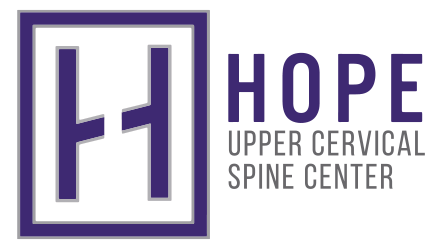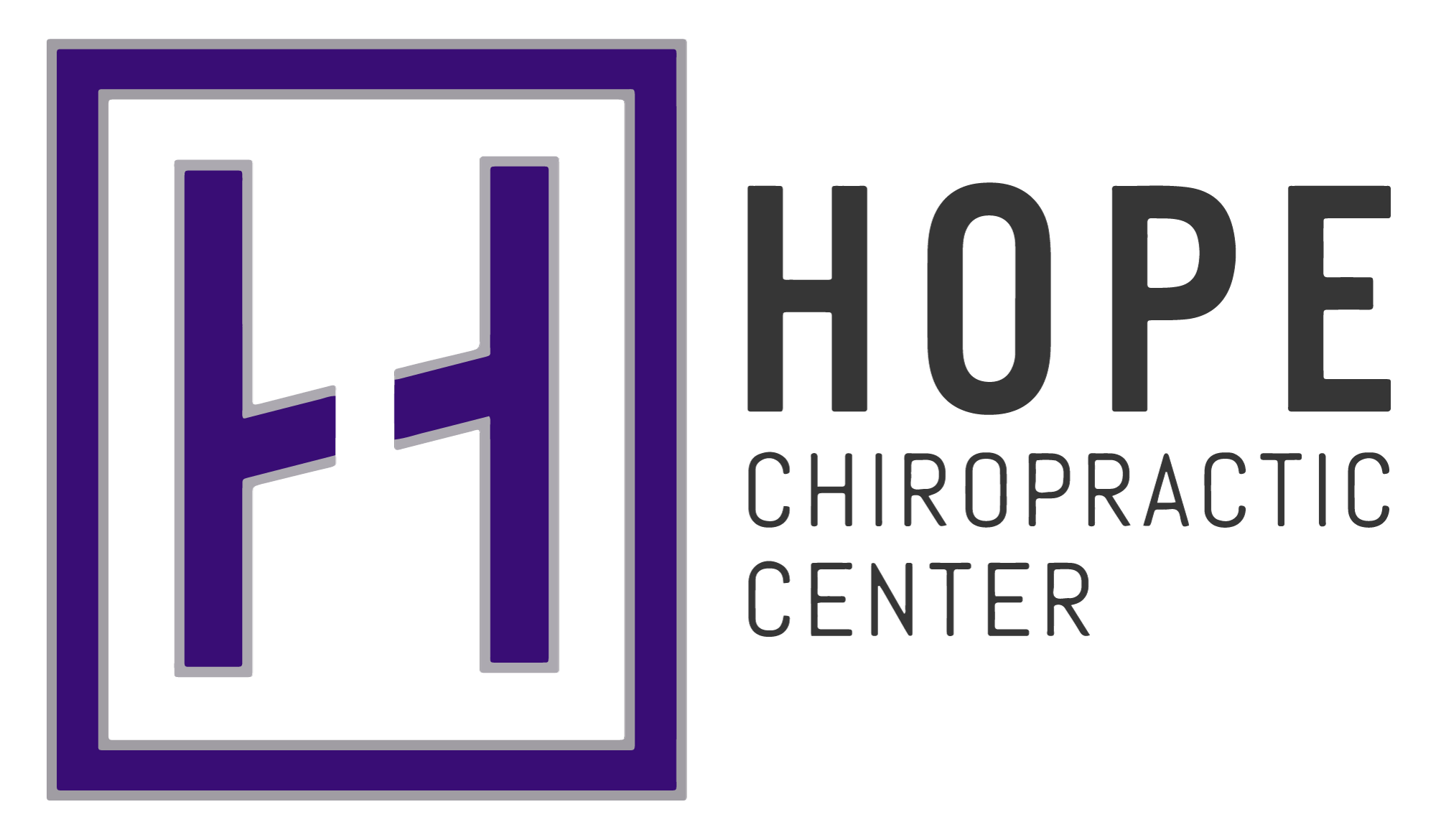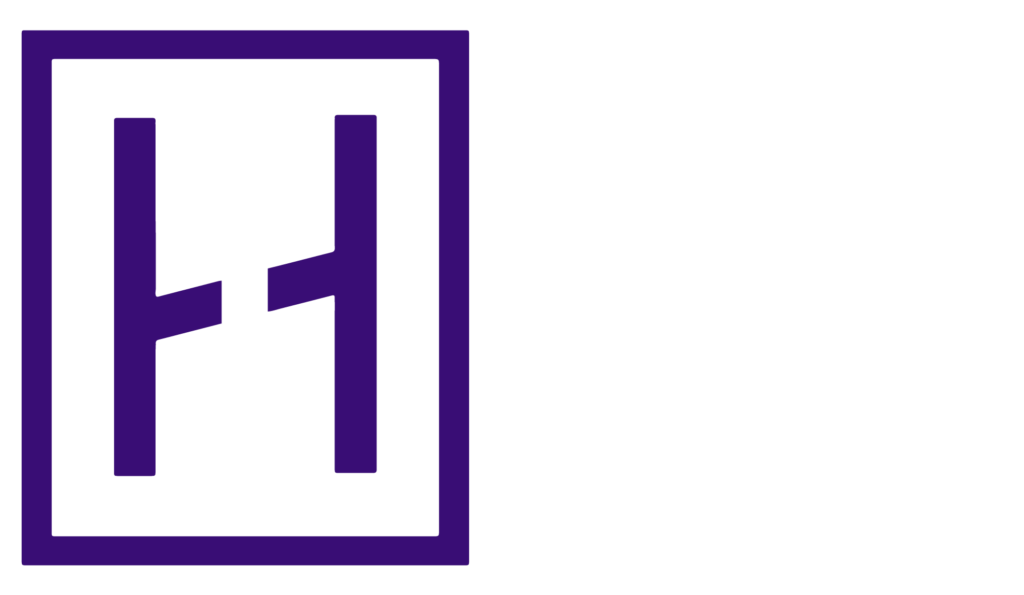Knowing is half the battle.
G.I Joe is the famous author of this quote and how it is so applicable to the topic of discussion today.
In today’s day and age, it is almost impossible to find any information that is unbiased.
Especially when it comes to health care.
For some reason, this ideology of scarcity has attacked the health market place causing this imaginary division among practitioners.
Yet, this doesn’t have to be the case.
Truthfully, every single practitioner in the health industry wants the best outcome for their patients.
With this in mind, it is super important to understand the opportunity for exploring what both a chiropractor and a physical therapist has to offer.
What is Chiropractic?
If you were to survey the general population of Southlake Texas, you would probably get a few answers with key words such as: alignment, back pain, neck pain, wellness…
At best, there terms are very generic and really don’t give any direction to what a chiropractor does or why you would see one.
To start – Chiropractic is a philosophy, science and art.
Breaking that down – as a healing profession, we are guided by a metaphysical set of principles that lay the foundation for our science and art.
Now, for most people – the metaphysical guidelines really are not appropriate, so we will focus on the science and art.
This is a blog, not some hipster coffee shop.
As a science, Chiropractic’s only concern is the function of the human nervous system and what happens when this system function’s in a less than optimal state.
And as an art – how do we restore normal neurological function.
Hrm…
This can be where most of you begin to scratch your head because we are supposed to be bone doctors right?
Not necessarily…
Chiropractors: we are not “bone doctors”.
A common public misconception is that Chiropractors are nothing more than low back pain doctors.
It is my mission to show the community of Southlake, Texas that this is definitely not the case.
In-fact, it is almost a slap in the face.
If anything, Chiropractors are more of a combination of neurologists, orthopaedists, and endocrinologists.
Let me see if I can explain…
Chiropractic was founded on curing a man of deafness in 1895.
This lead to the exploration of what exactly chiropractic is as a philosophy, science and art.
Across the span of many years we have maintained that our goal as a practitioner is to correct a mechanical distortion of the spinal column to alleviate neurological pressure this influencing the way our physiological system functions.
As science advanced in the fields of radiography (x-rays) and thermodynamics (the study of heat), we were suddenly able to quantify and display to the world the impact a chiropractic adjustment had.
In-fact, we are now able to show that we have a direct impact on the neuromusculoskeletal system of the human body.
More head scratching…
This simply means: regardless of what symptom a patient presents into our office with, our goal remains the same…
Correct the neurological function of the human body by restoring the normal biomechanics of the spine.
As a result, the entire human system will operate at optimal function.
So, does low back pain get better with chiropractic – yes.
But so does parkinson’s, epilepsy, migraines, concussions, ADHD, Autism…etc
The principle is the same, the symptoms are the difference.
Yet, just like most doctors there is definitely a difference among chiropractic practices.
At Hope Chiropractic Center, we take this one step further localizing exactly where an adjustment will have the biggest impact on the human system.
Upper Cervical Chiropractic Care
While chiropractors are trained to assess every joint in the entire human body, there is a separate and distinct group who spend all of their training focusing on one area:
The connection of the skull to the spine.
This area is called the cranio-cervical junction and warrants an entire series of blogs dedicated to explaining the rationale for focusing on this area.
The point to made here is that an upper cervical chiropractor is incredibly conservative with regards to patient management.
We have been trained for hundreds of hours in x-ray, thermographic analysis, and adjustment force delivery.
This transpires into a care plan that typically takes 6 months to restore and optimize neurological integrity.
What makes us unique:
- You will not be adjusted every visit
- we will only adjust you in one very specific area (your upper cervical spine)
- our x-rays are designed to assess the biomechanics of your upper cervical spine
- You will rest for 20 minutes if you are adjusted
- Our goal is to not adjust you
Weird…that is nothing I have ever heard of!
No.
Of the approximately 60,000 licensed chiropractors in the world, only 2,000 practice upper cervical care.
It is tough work and requires discipline and years of training to become proficient at.
Thankfully, Southlake, TX is one of the few cities in the state of Texas to have a Upper Cervical Practitioner (haha)!
Physical Therapy: Post Op Only…duh!
Since Chiropractic and Physical Therapy are two separate and distinct professions, I consulted Dr. Courtney Berberich, DPT.
She makes a disclaimer that a majority of her information is based on the view of an orthopaedic based physical therapist.
However – she denotes that there are also physical therapists who work in the inpatient, neurological, hospital, and in home health who each have their own unique perspective for their specific clinical setting (sounds familiar).
So not every physical therapist is the same.
And to our common public knowledge physical therapy is where you go for post-op to get some hot packs and ultrasound…right?
Wrong.
According to Dr. Berberich – “post operative people are definitely a small subset of people who come through our door, roughly 10-20% of our clinical setting”.
Damn…
Well…there goes that myth…
What about the ultrasound…hot packs…lasers?
Ha.
Another myth…
These are what are referred to as “passive modalities” and were taught to physical therapists over a couple of days within one course.
Man…so what does a physical therapist do then?
I’m glad you asked!
What does a PT do?
The goal of a properly trained physical therapist is the same as any doctor – to provide the best care plan possible for their patient to help them return to their prior level of function.
Their goal is to help you get back to being you by using a hands-on approach combined with therapeutic exercises to restore function.
How?
Simple- They use a process called “differential diagnosis” to assess several key areas, such as:
- strength
- range of motion and joint mobility
- flexibility
- balance
- movement patterns
- gait
This is then directly transferable into assisting a wide range of health issues including:
- Orthopedic conditions (low back pain, shoulder impingement, knee pain)
- Neurological conditions (stroke, spinal cord injury, vertigo)
- Pelvic floor dysfunction
- Surgical prevention and rehabilitation
- Pediatric conditions having motor involvement
Wow – who knew?
I definitely didn’t.
Dr. Berberich relates that in her specific clinical setting, she helps people who have suffered from injuries, acute and chronic pain, and a lack of mobility that impacts their ability to live everyday life.
So…chiropractic or physical therapy?
Why not both?
I propose that the synergistic relationship in the professions can be utilized to maximize a patients opportunity to return to normal activities of daily living.
An upper cervical trained chiropractor will aim to restore normal neurological integrity and function.
A physical therapists will leverage the improved function to improve areas such as range of motion, balance and coordination and flexibility.
The end result: Health!
You the patient returning to life and thriving the way you are designed to.
So the next time you are poised the question of Chiropractic or Physical Therapy – recognize that from the very beginning these are two very separate and distinct professions.
In the happenstance that you find a Chiropractor claiming to do physical therapy – I would run in the other direction as fast as I could.
In the same breath, it takes a highly trained professional to correct your upper cervical spine and there is no one else I would trust than an upper cervical chiropractor.
If knowing is half the battle, I hope I have given you more than enough information to recognize the difference between these two great healing arts.







